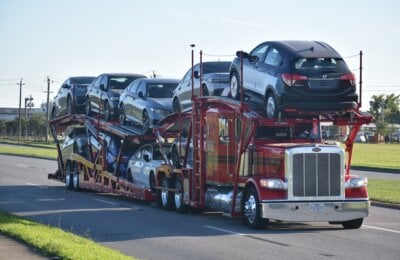
Reading Time: 9 minutes
Navigating the Post-Pandemic Auto Shipping Landscape with our Car Shipping Guide
Welcome to our guide on the post-pandemic auto shipping landscape! In this journey, we’ll uncover how COVID-19 reshaped the auto industry. We’ll look at changes in how we move, the evolving automotive sector, and the unique mix of challenges and opportunities in auto shipping.
The pandemic brought notable shifts. Auto sales fell, supply chains wavered, and consumer habits transformed. Now, in the post-pandemic era, we’re adapting to these new realities.
Yet, there’s a silver lining. Technological advances, like self-driving cars and streamlined shipping, are revolutionizing car transport. Ready for a deep dive into this evolving world? Stay with us for fascinating insights into the future of auto shipping, considering the impacts of consumer shifts and driver shortages. Let’s get started on this informative journey!
Looking for a transportation partner that upholds the highest standards in reliability and service? Read our guide on Reliable Vehicle Transportation Services. Discover how Nationwide Auto Transportation stands out in delivering your vehicle safely and efficiently.
Car Shipping Guide to Navigate the Impact of COVID-19 on Auto Industry
The COVID-19 pandemic had a profound impact on the global economy, and the automobile industry was no exception. Let’s take a closer look at how COVID-19 affected the auto industry and how it continues to shape the post-pandemic landscape.
Effect on Automotive Sales
The COVID-19 pandemic caused a significant decline in automotive sales worldwide. Lockdowns, travel restrictions, and economic uncertainty led to a decrease in consumer spending. As a result, many people postponed purchasing a new vehicle or opted for used cars instead. Even though the economy has started to recover, global automotive sales are still below pre-pandemic levels.
Disruption of Manufacturing and Supply Chains
The pandemic notably disrupted auto manufacturing and supply chains, causing production delays and component shortages. Automakers faced shutdowns and closures, struggling to adapt to new health protocols amid pandemic challenges. These disruptions triggered a domino effect, affecting vehicle availability. As a result, consumers struggled to find specific car models they desired.
Changes in Supplier Growth Areas
The impact of COVID-19 compelled many automotive suppliers to reassess their approaches. In fact, aligning with our Auto Shipping Guide’s focus on the evolving landscape. A significant number, nearly half, are venturing into new domains like healthcare, renewable energy, and tech. This transition not only demonstrates the industry’s flexibility but also its resilience, as companies diversify and seek fresh growth avenues.
As the automotive sector makes strides in recovering from the pandemic’s effects, understanding these shifts is vital. The following part of our Auto Shipping Guide will explore how mobility patterns have altered and the consequent effects on the auto shipping industry.
To fully grasp the pandemic’s effect on the freight industry and auto shipping, check out the report by the United States International Trade Commission.
Auto Shipping Guide | Post-Pandemic Changes in Mobility
The COVID-19 pandemic has changed mobility habits drastically. People have adapted to the new normal, resulting in shifts in transportation preferences. Let’s take a look at how the post-pandemic changes in mobility have affected the way we move around.
Increase in Use of Personal Cars
After the pandemic, a major shift occurred. The result was that more people started using personal cars. Concerns about crowded public transport and social distancing pushed individuals towards their own vehicles. This increase wasn’t just in cities; it spread to suburban and rural areas too.
- The pandemic’s challenges didn’t dampen the reliance on personal vehicles. In fact, it almost doubled.
- Owning a car meant more control and safety. As such, it helped people avoid crowds and lower virus exposure risks.
- This surge in personal car use spiked the demand for auto shipping services. People began moving or buying cars from different regions. incidentally, this aligns with our Auto Shipping Guide’s focus on these changes.
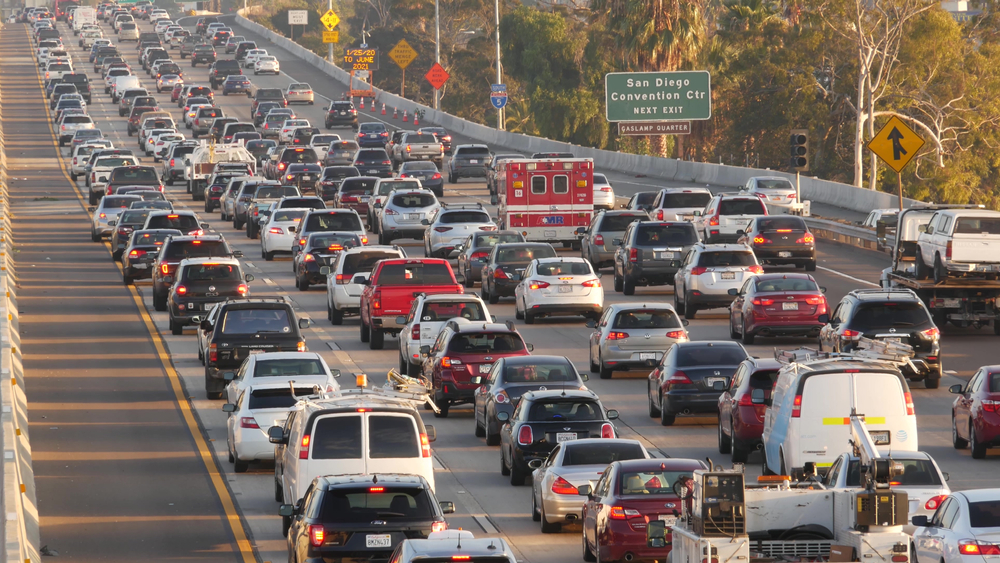
Decline in Public Transportation
While personal car use surged, public transport faced a sharp decline. Health concerns and pandemic restrictions led to less people on buses, trains, and subways. This shift, driven by fear of the virus, brought financial strains to transit agencies due to lower fare revenue.
As we move towards recovery and lifting restrictions, the future of public transport’s appeal remains uncertain. Our Auto Shipping Guide captures this dynamic. Also, it reflects the changing travel preferences post-pandemic.
Public Transportation Usage Trends:
| Transport Type | Impact of Pandemic | Resulting Change |
|---|---|---|
| Buses | Reduced Ridership | Financial Strain |
| Trains | Lower Usage | Revenue Decline |
| Subways | Less Appeal | Uncertain Future |
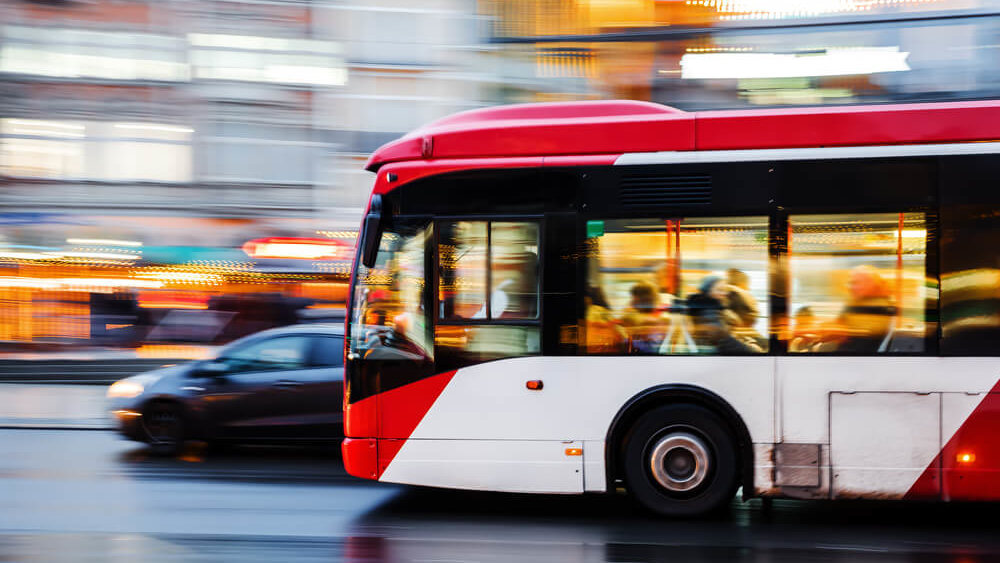
Changes in Freight and Ocean Shipping
The impact on mobility extends beyond personal cars and public transportation. The freight and ocean shipping industries have also undergone significant changes in response to the evolving global situation. Let’s take a closer look at these changes:
- Disruptions to manufacturing and supply chains. Lead to delays in the production and delivery of goods.
- There has been a shift in the types of goods being transported. There is reduced focus on non-essential items and higher demand for essential goods and medical supplies.
- The importance of efficient logistics and supply chain management has become more evident, as companies look for ways to navigate the challenges posed by the pandemic and ensure the timely delivery of goods.
Let’s put it in perspective. The post-pandemic world has seen remarkable shifts in mobility, with personal car usage markedly increasing and reliance on public transportation declining. Individuals and freight and ocean shipping industries have both felt the impact, and it will be intriguing to witness how these changes continue to shape our mobility and goods transportation. Stay abreast of further insights into the automotive industry and the challenges and opportunities with our auto shipping guide.
Car Shipping Guide | The Future of Automotive Industry
The automotive industry has always been a hotbed of innovation, constantly evolving and adapting to meet the changing needs and preferences of consumers. With the post-pandemic landscape and emerging technologies, the future of the automotive industry is poised to be even more exciting. In this section, we will explore some key trends and developments that will shape the future of the industry.
Innovation in Technology
One of the most significant drivers of change in the automotive industry is technology. Advancements in areas such as connectivity, artificial intelligence, and electric vehicles (EVs) are revolutionizing the way we think about cars and transportation. Here are a few examples of how technology is shaping the future of the automotive industry:
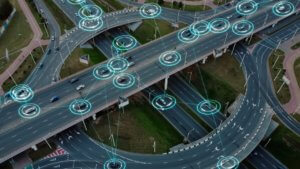
- Connected Cars: With the advent of the Internet of Things (IoT), cars are becoming more connected than ever before. From in-car infotainment systems to real-time vehicle diagnostics, connected cars offer a whole new level of convenience and safety.
- Autonomous Vehicles: Self-driving cars are no longer a thing of science fiction. Autonomous vehicles (AVs) are making significant strides in terms of safety and efficiency. AVs have the potential to transform the auto shipping industry, allowing for more efficient and cost-effective transportation of vehicles.
- Electric Vehicles: As the world moves towards a more sustainable future, electric vehicles are gaining traction. With advancements in battery technology, EVs offer a viable alternative to traditional gasoline-powered cars. The increasing popularity of EVs will have a profound impact on the auto shipping industry, as more electric vehicles will need to be transported to meet consumer demand.
Auto Shipping Guide | Role of Autonomous Vehicles
Autonomous vehicles, or self-driving cars, are set to revolutionize not only the way we drive but also the car shipping industry. Here’s why:
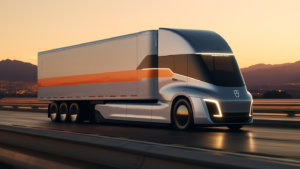
- Enhanced Safety: Autonomous vehicles have the potential to significantly reduce the number of accidents on the road. With advanced sensors and algorithms, AVs can detect and react to potential hazards quicker than human drivers, making roads safer for everyone.
- Improved Efficiency: AVs can optimize routes, minimize traffic congestion, and reduce fuel consumption, leading to more efficient transportation. This efficiency can translate into cost savings and faster delivery times in the auto shipping industry.
- Reduced Labor Costs: With autonomous vehicles, the need for human drivers is greatly reduced. This can lead to cost savings for shipping companies, which may, in turn, translate to more competitive rates for customers.
To get a deeper insight into how car shipping works and costs are calculated, the Federal Motor Carrier Safety Administration provides valuable resources. Learn more here.
Outlook on EV Production
The shift towards electric vehicles is a trend that is set to continue gaining momentum in the coming years. Here are a few key points to consider:
- Government Policies: Governments around the world are implementing policies and incentives to promote the adoption of electric vehicles. This includes subsidies for EV purchases, the expansion of charging infrastructure, and stricter emissions regulations. These policies will continue to drive demand for electric vehicles.
- Advancements in Battery Technology: As battery technology continues to improve, the range and charging time of electric vehicles are also improving. This makes EVs even more appealing to consumers and drives their adoption.
- Infrastructure Development: To support the widespread adoption of electric vehicles, the charging infrastructure needs to be expanded. With more charging stations being built, range anxiety will be reduced, further boosting the adoption of EVs.
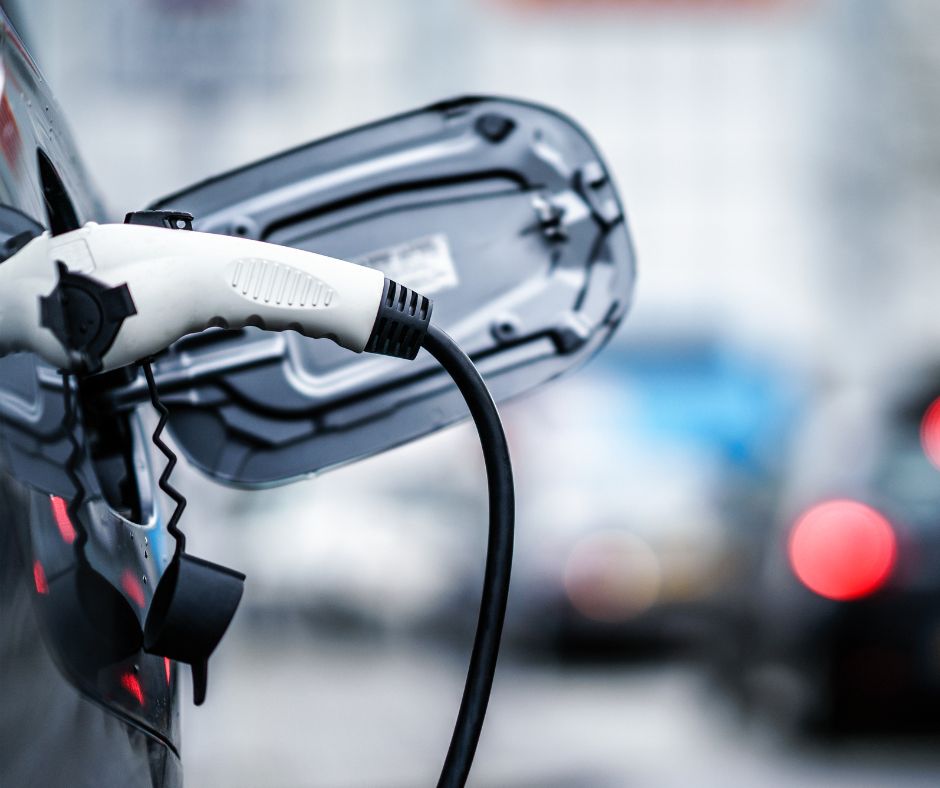
The future of the automotive industry will be shaped by technology, innovation, and changing consumer preferences. While there are challenges and uncertainties ahead, such as supply chain disruptions and driver shortages, the industry is poised for growth and transformation. As we embrace the post-pandemic era, the automotive industry will continue to adapt and evolve, offering exciting new possibilities for both consumers and the auto shipping industry.
Want to learn more about boat shipping? Check out Nationwide Auto Transportation’s Boat Shipping Made Easy guide for a comprehensive overview of the process.
Auto Shipping Guide | Challenges and Opportunities
The post-Covid era brings both challenges and opportunities to the auto shipping industry. The pandemic has greatly affected the industry, but exciting opportunities are emerging. Let’s explore these challenges and opportunities more closely.
Influence of Changing Consumer Behavior
One of the key challenges in the auto shipping industry is the influence of changing consumer behavior. The COVID-19 pandemic has led to a decrease in the usage of public transportation. Why is this? Because people prefer to minimize contact and maintain social distancing. This shift has resulted in more of us using our own cars!
Consequently, the need for auto transport services has also increased. However, auto shipping companies should adapt their services to meet the changing needs and expectations of consumers.
Implications of Driver Shortage
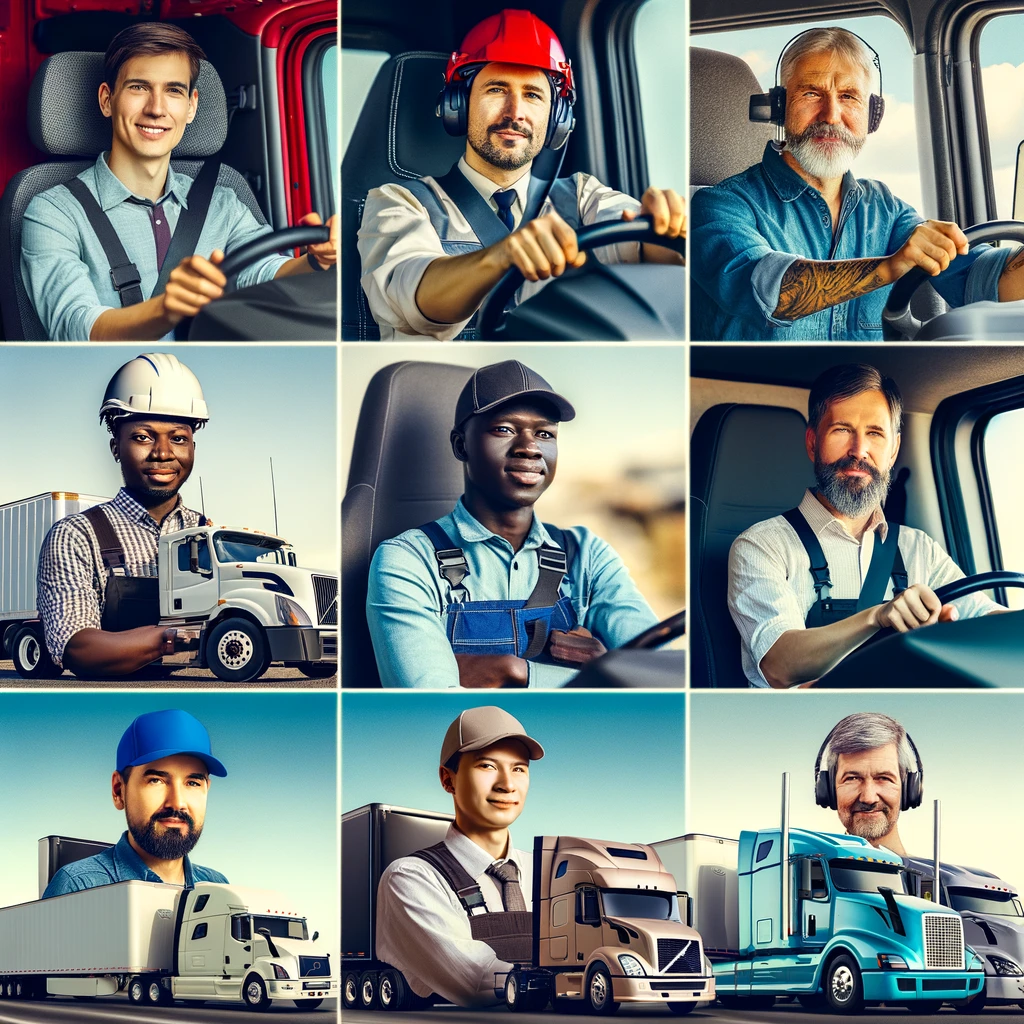
The auto shipping industry, like the entire trucking sector, is short on drivers. Aging workers, low retention, and few newcomers are causing this shortage. This leads to higher costs and delivery delays.
Auto shipping companies can solve this by offering better pay, working conditions, and chances for career growth. Using technology and automation can also lighten the driver’s load and boost efficiency. For more insights, check out our Auto Shipping Guide.
Seizing the Opportunities | Car Shipping Guide
The auto shipping industry faces challenges but also has great opportunities for growth. The rise in personal car use and demand for transport services creates a promising market. Companies that meet evolving consumer needs can lead the industry.
Technology advancements offer exciting opportunities for auto shipping. Innovations are enhancing visibility, delivery, and speed. By adopting these technologies, companies can outperform competitors and ensure smooth, efficient service for their customers.
Stay updated on the latest in auto transport. Visit the American Association of State Highway and Transportation Officials website here.
Exploring the Future of Auto Shipping Guide Post-Pandemic

Concluding our Car Shipping Guide, we recognize COVID-19’s deep impact on the auto industry. It has shifted consumer behavior and spurred innovation in auto shipping. Here are the key changes:
- More people are using personal cars.
- Public transportation use has dropped.
- Auto transport services are in higher demand.
- The industry is embracing new tech, like autonomous vehicles.
The Future of Auto Shipping is here and Nationwide Auto Transportation is at the forefront! Directly tackling these changes. With trusted shipping services across the US for a variety of vehicles. Check out our specialized services:
- Heavy-Duty Shipping
- Car Shipping
- Same Day Car Shipping
- Students Auto Transport
- Read Our Reviews
- Get a Quote
Act Now: Ready for your next vehicle transport? Get a Quote and experience seamless shipping with Nationwide Auto Transportation. Plus, don’t miss our guide on the Cheapest State to Buy a Car for savvy purchasing tips!
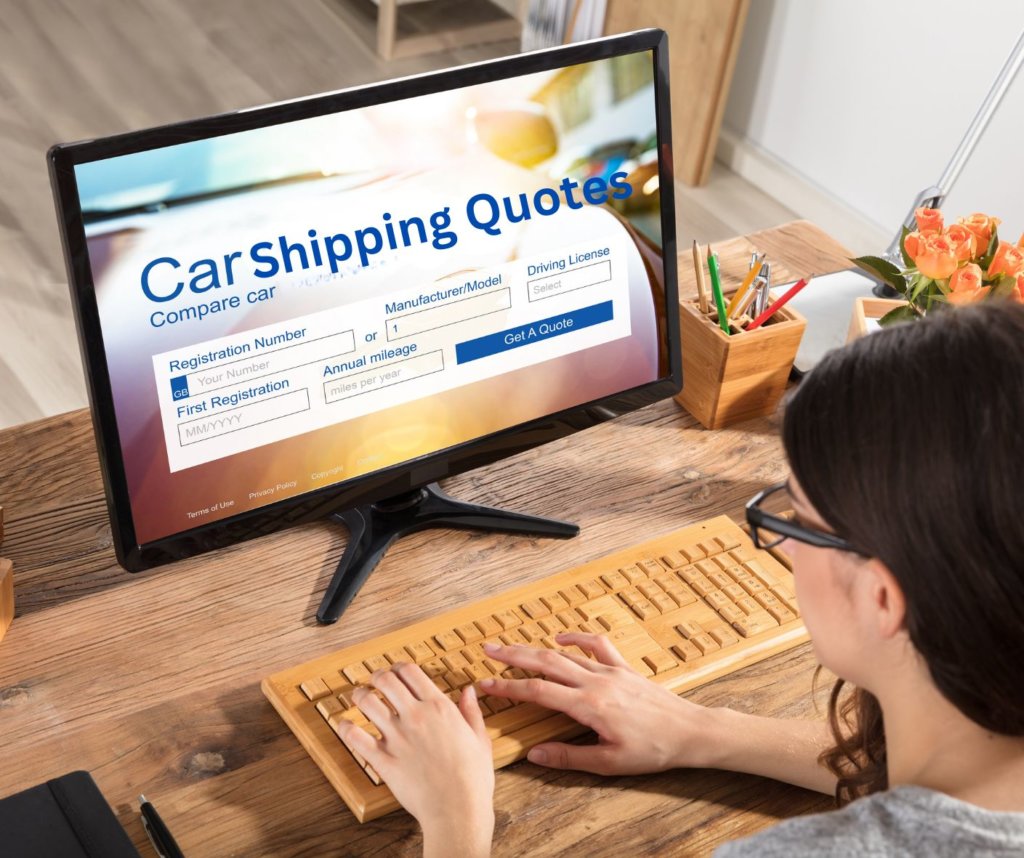
Frequently Asked Questions | Car Shipping Guide
- How has the auto shipping industry been affected by the pandemic? Covid has heavily affected the auto shipping industry. Travel restrictions, supply chain disruptions, and less demand for vehicle transport have caused delays and raised costs. These challenges also led to altered shipping routes.
- What safety measures are auto shipping companies taking during Covid? Auto shipping companies are taking various safety measures to protect their employees and customers. These include sanitizing vehicles, implementing contactless pickups and deliveries, and following health guidelines issued by authorities.
- Are there any changes in shipping rates due to the pandemic? Indeed, the pandemic has caused shipping rates to fluctuate. Fuel costs, driver availability, and transportation demand are key factors influencing these rates. It’s wise to compare rates from various shipping companies before making your decision.
- What should I consider before hiring an auto shipping company post-pandemic? Assess their reputation, experience, insurance policies, and safety measures. Read reviews, compare quotes, and inquire about their COVID-19 protocols for a smooth and secure shipping experience.
- Is it safe to ship my vehicle internationally during the post-pandemic period? Shipping a vehicle internationally during the post-pandemic period can be safe if proper precautions are taken. It is recommended to choose a shipping company that follows all international shipping protocols, provides insurance coverage, and stays updated with the latest travel restrictions and safety guidelines.

